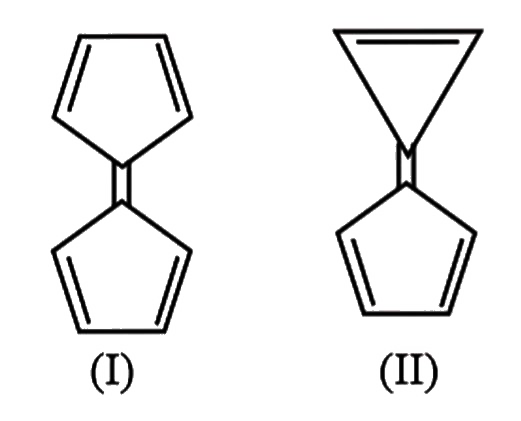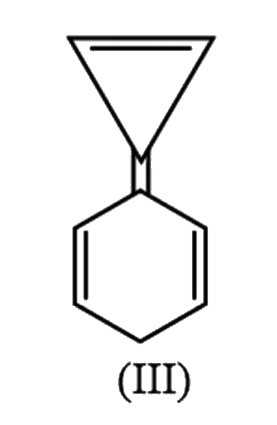A population is exhibiting genetic equilibrium. Answer the following with regard to this statement.
Explain the above statement.
Step-by-Step Solution:
1. Understanding Genetic Equilibrium:
- Genetic equilibrium refers to a state in a population where allele frequencies remain constant over generations. This means that the genetic composition of the population does not change.
2. Allele Frequency Stability:
- In a population exhibiting genetic equilibrium, the frequency of alleles (different forms of a gene) remains fixed. This implies that if you were to measure the proportion of each allele in the population, you would find that these proportions do not change from one generation to the next.
3. Gene Pool Constancy:
- The gene pool, which is the total collection of genes and their alleles in a population, remains constant. This means that the genetic diversity within the population is stable and does not fluctuate over time.
4. Factors Affecting Genetic Equilibrium:
- Two main factors can influence genetic equilibrium:
- Genetic Drift: This is a random process that can cause allele frequencies to change due to chance events, such as immigration (individuals moving into the population) or emigration (individuals leaving the population).
- Genetic Recombination: This occurs during meiosis, where genetic material is exchanged between chromosomes. While this process introduces new combinations of alleles, it does not necessarily change the overall allele frequencies in a large population.
5. Conclusion:
- Therefore, when a population is said to be in genetic equilibrium, it indicates that the population is stable in terms of its genetic structure, and any changes in allele frequencies are minimal or non-existent over time.
- Genetic equilibrium refers to a state in a population where allele frequencies remain constant over generations. This means that the genetic composition of the population does not change.
- In a population exhibiting genetic equilibrium, the frequency of alleles (different forms of a gene) remains fixed. This implies that if you were to measure the proportion of each allele in the population, you would find that these proportions do not change from one generation to the next.
- The gene pool, which is the total collection of genes and their alleles in a population, remains constant. This means that the genetic diversity within the population is stable and does not fluctuate over time.
- Two main factors can influence genetic equilibrium:
- Genetic Drift: This is a random process that can cause allele frequencies to change due to chance events, such as immigration (individuals moving into the population) or emigration (individuals leaving the population).
- Genetic Recombination: This occurs during meiosis, where genetic material is exchanged between chromosomes. While this process introduces new combinations of alleles, it does not necessarily change the overall allele frequencies in a large population.
- Therefore, when a population is said to be in genetic equilibrium, it indicates that the population is stable in terms of its genetic structure, and any changes in allele frequencies are minimal or non-existent over time.
Topper's Solved these Questions
- EVOLUTIONBook:ICSEChapter:EVOLUTIONExercise:PRACTICE QUESTIONS (Very Short Answer Type Questions)
Explore 58 Videos
- EVOLUTIONBook:ICSEChapter:EVOLUTIONExercise:PRACTICE QUESTIONS (Short Answer Type-I Questions)
Explore 18 Videos
- ENVIRONMENTAL ISSUESBook:ICSEChapter:ENVIRONMENTAL ISSUESExercise:COMPETITION CORNER (ASSERTION AND REASON TYPE QUESTIONS (FOR AIIMS ASPIRANTS))
Explore 9 Videos
- HUMAN HEALTH AND DISEASE Book:ICSEChapter:HUMAN HEALTH AND DISEASE Exercise:COMPETITION CORNER (OBJECTIVE TYPE QUESTIONS) (Assertion and Reason Type Questions (For AIIMS aspirants))
Explore 28 Videos
Similar Questions
"A population has been exhibiting genetic equilibrium". Answer the following with regard to the above statement.
(i) Explain the above statement.
(ii) Name the underlying principle.
(iii) List any two factors which would upset the genetic equilibrium of the population.
(iv) Take up any one such factor and explain how the gene pool will change due to that factor
View SolutionA population is exhibiting genetic equilibrium. Answer the following with regard to this statement.
Name the underlying principle.
View SolutionA population is exhibiting genetic equilibrium. Answer the following with regard to this statement.
Name any two factors which could upset the genetic equilibrium of the population.
View SolutionCosider the following structures.


Choose the correct statement regarding the above structures.
View SolutionWhich one of the following statement regarding BOD is true?
View SolutionWhich one of the following is a wrong statement regarding mutations
View SolutionThe tendency of population to remain in genetic equilibrium may be disturbed by
View SolutionThe tendency of population to remain in genetic equilibrium may be disturbed by
View SolutionThe tendency of population to remain in genetic equilibrium may be disturbed by
View SolutionThe tendency of population to remain in genetic equilibrium may be disturbed by
View Solution